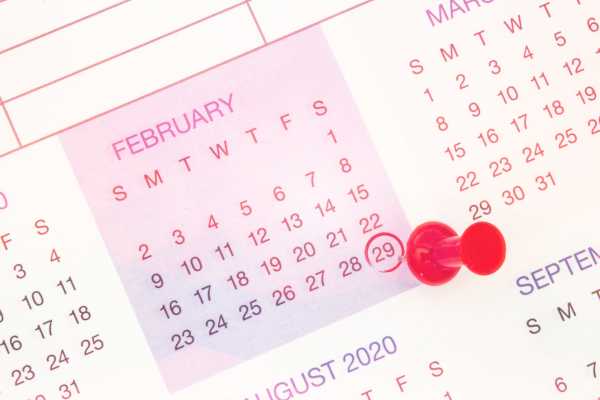
For the first time in four years, February has 29 days. That’s right folks, it’s a leap year, and it’s an exciting time.
Leap years always coincide with the summer Olympic Games and the US presidential election. There’s so much going on this year, we could really use the extra day.
The simple (and only) explanation for why we have leap days is that it takes 365.2422 days for our planet to complete one revolution around the sun. That means each 365-day year ends a quarter day’s worth short of the complete orbit.
The following animation from planetary scientist James O’Donoghue visualizes the discrepancy perfectly. We can’t add quarter days to each year (you try telling the Earth to spin faster for just one day a year). So a leap day is added every four.
Humans have been accounting for this discrepancy for a while now — as far back as the ancient Egyptians. The current leap day tradition can be traced back to Pope Gregory in the 1500s (who corrected an early calendar set by Julius Caesar).
We add leap days to the calendar every four years. But there are a few exceptions when we skip the leap year. You might have noticed that a full orbit around the sun takes 365.2422 days, and not a neat 365.25 days. So if we were to have leap years every four years, then the calendar would still get out of whack over long periods of time. But we don’t because Pope Gregory devised some clever, rare, exceptions to the leap year rules. As National Geographic explains:
Which means the next skipped leap year will be in 2100.
Remarkably, this system set up in the 1500s still works. We need it, because without it, the calendar would start to get out of sync with the seasons. If we started ignoring leap years today, by the year 2100, O’Donoghue explains in the following animation, we’d be around 20 days out of sync with the seasons. New Years wouldn’t occur in the beginning of winter, but late autumn instead. And by 2400, the autumn equinox would occur on New Year’s Eve. Madness!
There’s no way getting around having to add days to the calendar. The length of day on Earth and the time it takes to orbit the sun simply neatly aligned. But that doesn’t mean the current calendar is optimal.
Recently, two professors at Johns Hopkins University (an economist and a physicist) suggested we switch over to a calendar that doesn’t include a leap year, and never, ever changes (meaning February 2 will always be a Tuesday, no matter what). To make this work, the professors add a whole leap week every fifth or sixth year. It’s effectively creating a new weeklong month that pops up only once a decade.
Is this better? I don’t know. Depends if HR lets us have off for the leap week.
Another idea to permanently fix the calendar was championed by Kodak founder George Eastman. It was a bit more radical. In this “International Fixed Calendar,” each month is 28 days long, and there are 13 of them (the extra month being inserted between July and August and named “Sol”.) There’s also a “leftover day” added to the end of each year (meant to be a holiday). This calendar also requires a leap day every four years. Is this better? It makes it so every month is exactly four weeks. It also makes it so that every 2nd of every month is a Tuesday, every 3rd is a Wednesday, and so on. Eastman, at least, was sold. His company used it until 1989.
There are merits to our chaotic calendar. Over time, you get to have a birthday on every day of the week. In the calendars above, if you’re born on a Tuesday, your birthday will always be on a Tuesday. Similarly, isn’t there a joy in learning that Christmas is going to fall on a Monday and that means the holiday has been turned into a three-day weekend?
Our calendar gets a lot of things right. One of which is the leap year. You have an extra day this year! Make the most of it.
Sourse: vox.com






